Join the author, Néstor T. Carbonell, as he shares a critical analysis of the Castro-Communist regime
and explores the challenges and opportunities that will likely arise when freedom finally dawns in Cuba.
CHAPTER 11: Castro’s Detente Game: From Johnson to George H. W. Bush
After John F. Kennedy’s assassination, Washington ceased to pursue plans to take out or overthrow Castro and started to wind down covert operations such as commando raids and sabotage to undermine his regime. Without the Soviet strategic missiles, Cuba did not seem to pose any serious threat, so numerous US attempts were made to reach a rapprochement with the Cuban ruler that could lead to normalization of relations or peaceful coexistence. This chapter tells the story of Castro’s deceptions and Washington’s delusions.
Cuban Americans, myself included, warned Washington that at least as long as Castro’s Cuba was subsidized, armed, and protected by Moscow, and as long as it remained a sanctuary for subversion, it would fuel the so-called wars of national liberation against Yankee imperialism in the Americas and beyond.
Faced with the emergence or threats of potential Cubas, US presidents post-Kennedy intervened militarily in several countries but left untouched the principal source of the insurgencies: the Castro-Soviet safe haven in the Caribbean. That’s mainly why the Cuban ruler emerged as a dauntless David defying the Goliath of the North, and why his Marxist revolutionary movement, perceived at the time as the wave of the future, spread like a contagious disease to several regions of the world.
Lyndon Johnson (1963-1969)
After John Kennedy’s tragic death, the Attwood-Lechuga talks in New York, exploring a possible US-Cuba detente, were put on hold by the National Security Council. President Johnson was concerned about appearing soft on Castro-Communism during the 1964 election.
However, according to Peter Kornbluh, the tenacious Lisa Howard, Fidel’s emissary and lover, did not give up. She brought back from Havana in February 1964 a memorandum containing a «verbal message» from Fidel to Johnson. The key points he reportedly conveyed were startling: «Please tell President Johnson that I earnestly desire his election to the presidency in November.» He then added: «If the president feels it necessary during the campaign to make bellicose statements about Cuba or even to take some hostile action—if he will inform me, unofficially, that a specific action is required because of domestic political considerations—I shall understand and not take any serious retaliatory action.»
Castro also stressed, «I seriously hope that Cuba and the United States can eventually sit down in an atmosphere of goodwill and of mutual respect and negotiate our differences. I believe that there are no areas of contention between us that cannot be discussed and settled in a climate of mutual understanding.»
Some historians blame the Johnson administration for having shied away from the seemingly propitious opportunity to break down the barriers to normalizing relations with Communist Cuba. But was Castro really straightforward in his friendly gesture, or was he playing anew a duplicitous game? The facts point to a smoke screen.
While Castro was intoning the alluring song of peaceful coexistence and reconciliation with Yankee imperialism, he was stepping up his campaign to propagate communism through all of Latin America. As disclosed by CIA director McCone before the House Foreign Affairs Subcommittee on March 1, 1963, between one thousand and fifteen hundred Latin Americans had received guerrilla and sabotage training in Cuba in 1962. McCone warned, «Today, the Cuban effort is far more sophisticated, more covert, and more deadly. In its professional trade-craft, it shows guidance and training by experienced Communist advisers from the Soviet bloc, including veteran Spanish Communists.»
But the CIA was not the sole source of alarm. The Special Consultative Committee on Security of the Organization of American States (OAS) also had concluded, in its February 8, 1963, report, that the Castro offensive was linked to Moscow’s design to further Communist expansion by exploiting the desire of the West to avoid war and by using hidden aggression or subversion—the most effective and «least costly way of acquiring peoples and territories without exaggerated risks.»
The OAS report described in detail the techniques used to spur subversion and pinpointed nine training centers in Cuba used to form cadres of men and women «who will dedicate not only their free afternoons to the revolution, but their entire lives.»
Although the OAS report raised the level of awareness of the growing threat, the real wake-up call came in November 1963, when a fisherman discovered three tons of war equipment hidden in a place called Macana on the seacoast of Falcon state in Venezuela. The arsenal, which included automatic rifles, bayonets, submachine guns, mortars, and rocket launchers, came from Havana and was to be used for raids by Venezuela’s Armed Forces of National Liberation, whose leaders had been trained in Cuba.
Having verified the origin of the arms, the OAS condemned the Castro regime and imposed sanctions in July 1964. Most member states severed diplomatic and economic relations with Cuba. The near-isolation of the island was acclaimed as a breakthrough. Many in Washington thought that the ostracized Castro would wither on the vine or mellow with time. They did not realize that the Soviet Union was not about to abandon its strategic stronghold in the very heart of the Americas.
US Intervention in the Dominican Republic
The next international incident exploited by Castro occurred in the Dominican Republic in April 1965. A breakdown of law and order in the country was rapidly degenerating into a civil war. As described by the respected Brazilian ambassador Ilmar Penna Marinho, «It was a no-man’s-land. There had been a complete collapse of public authority. … Arms had been given to a disorganized nation of fanatics and adolescents who were in a frenzied state, egged on by subversive broadcasts. … Anarchy reigned, and any organized group that made a landing in the Dominican Republic could have dominated the situation.»
The struggle erupted when soldiers sympathetic to the leftist president Juan Bosch, who had been ousted and was living in exile in Puerto Rico, attempted to overthrow the feckless triumvirate then ruling the country. This resulted in a bloody clash between the right-wing «loyalist» generals and the pro-Bosch «rebels,» who were largely inspired by the Cuban Revolution.
The US Embassy in the Dominican Republic feared that Castro, who had in Santo Domingo some forty-five Cuban-trained and well-armed Marxist operatives fanning the flames of rebellion, would try to fill the ensuing power vacuum with support from Havana. Most of Johnson’s inner circle didn’t buy this alarming report, but the president was determined not to run the risk of having a second Cuba in the Caribbean. Yet he proceeded cautiously, ordering a first wave of only four hundred marines ashore, ostensibly to protect the embassy and facilitate the evacuation of foreign nationals. He soon realized, however, that a tentative, piecemeal approach would not end the bloodshed and stabilize the country.
As noted by Peter Felten, «At a meeting on the morning of April 30, the president complained of being in a bind. He feared a Communist takeover in Santo Domingo if he failed to act decisively, but he worried the United States would be isolated in the hemisphere if he ordered an assault on the rebels.»
Following a brief period of zigzagging decisions and confusing public statements, the president dispatched some seventeen thousand troops from the Eighty-Second Airborne Division to Santo Domingo and placed them under the symbolic umbrella of the OAS’s Inter-American Peace Force. The OAS cloak served to blunt the charges of US unilateral intervention and gunboat diplomacy.
Concurrently, Johnson stepped up the efforts to find a political solution to the violent crisis with broad support. He ceded the mediation role to an OAS three-member team headed by the US ambassador to the OAS Ellsworth Bunker. The president established general guidelines but did not attempt to micromanage the negotiation.
The settlement orchestrated by the OAS committee was both blessed by Dominican factions and endorsed by the White House. Following a cease-fire, a nonpolitical provisional government took over the country and paved the way for free elections supervised by OAS observers. The clear, indisputable winner over Juan Bosch was Joaquin Balaguer, a mild-mannered, pro-US politician who ushered in a relatively democratic and stable era.
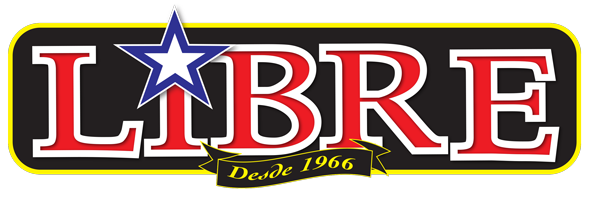


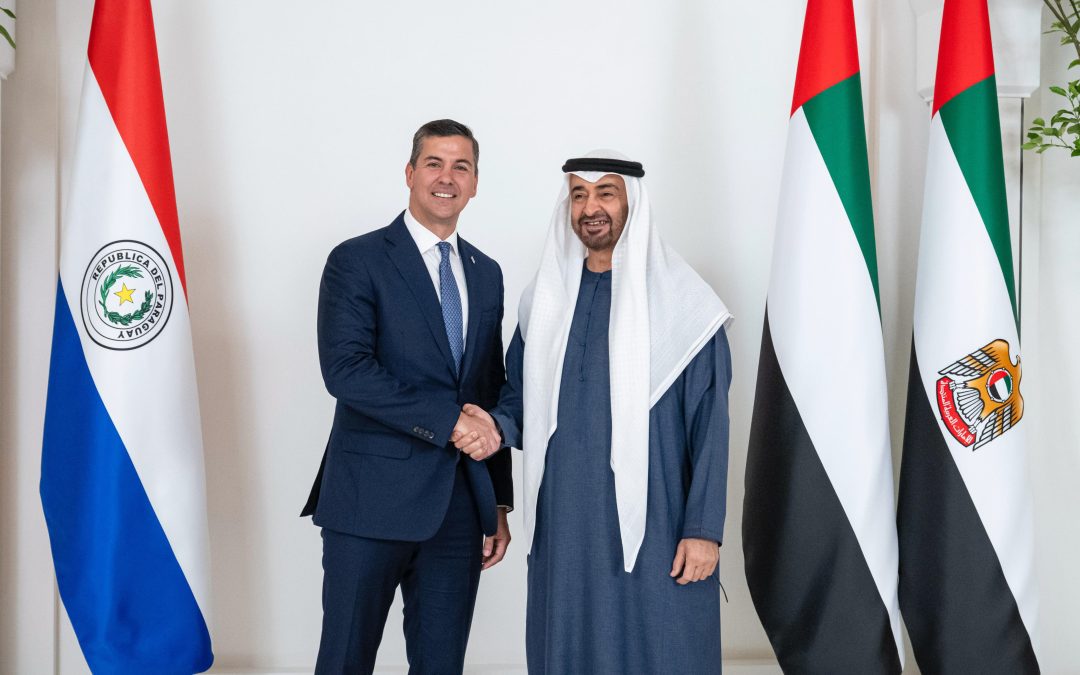

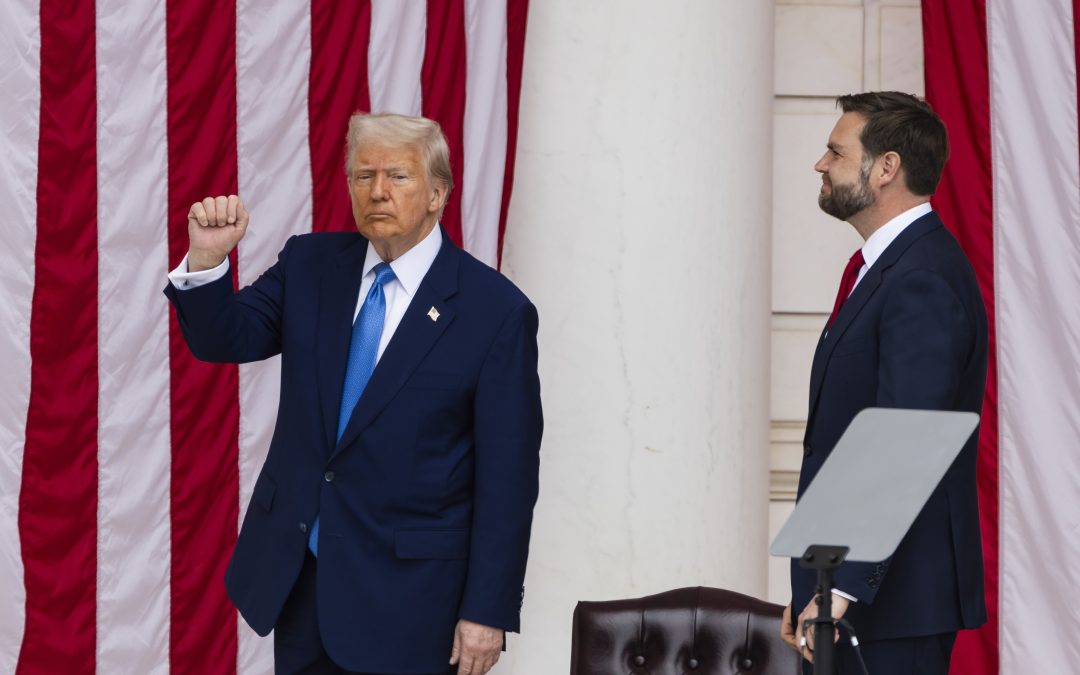
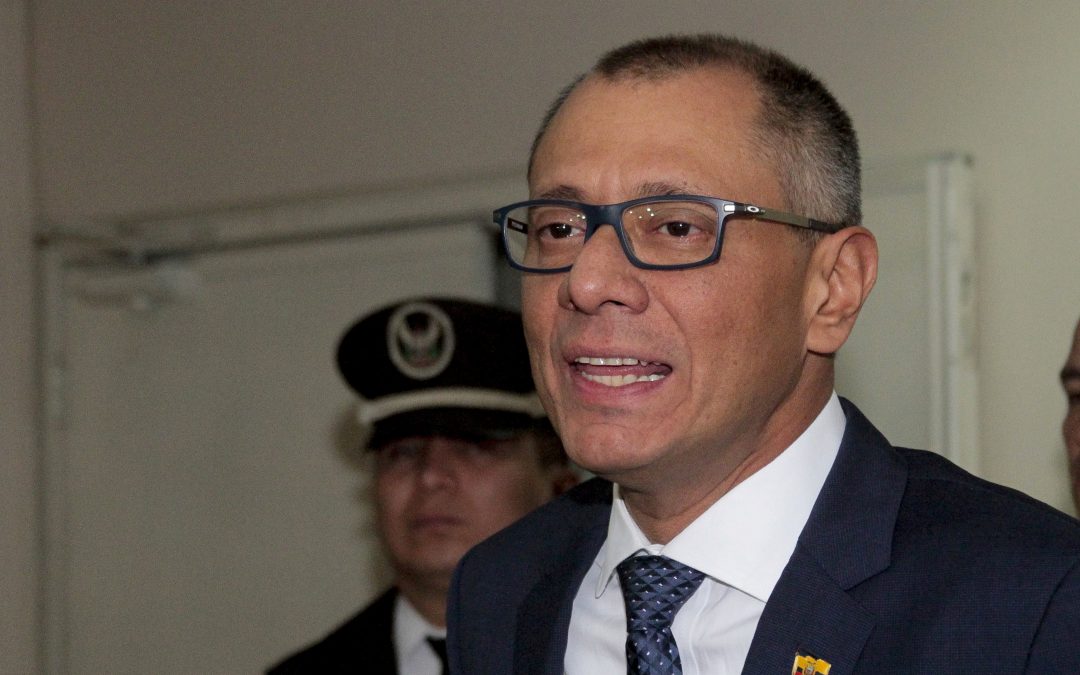



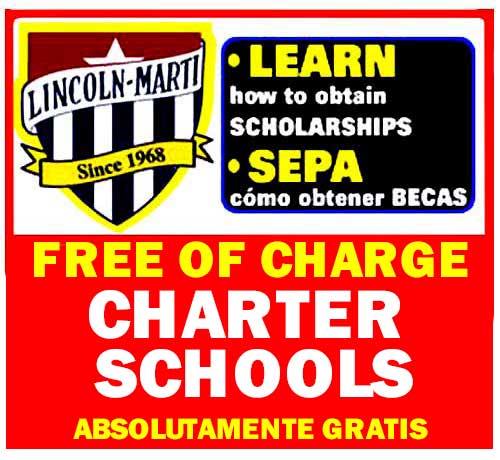



0 comentarios